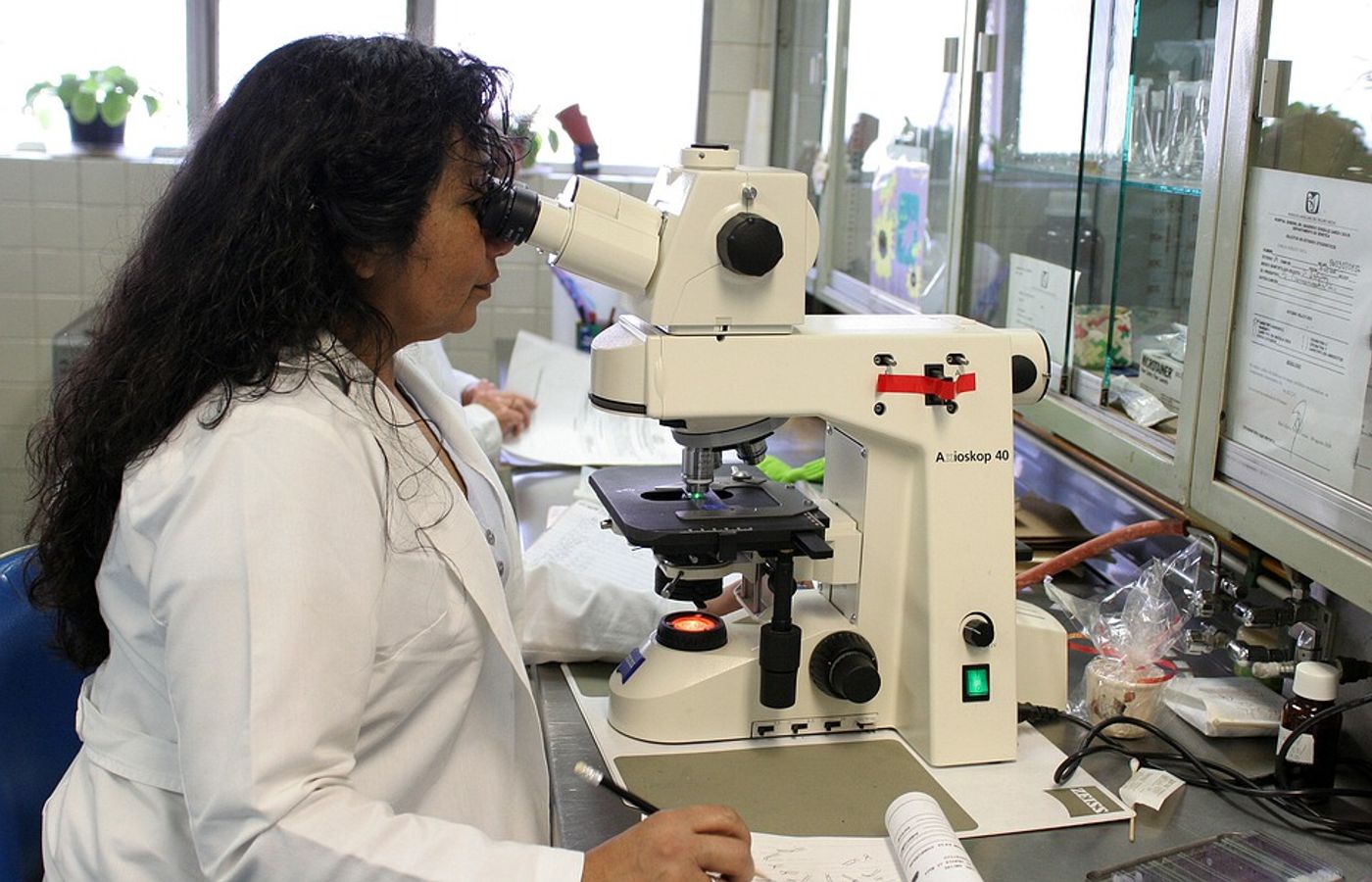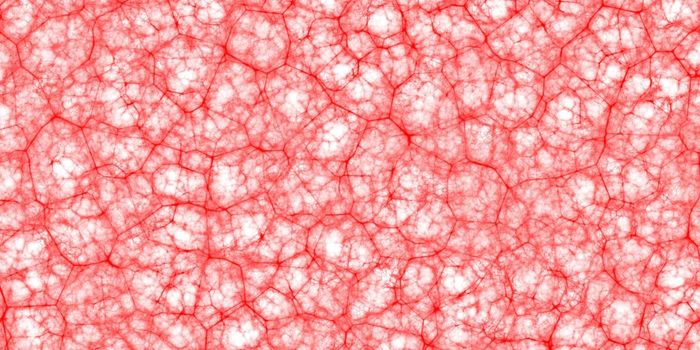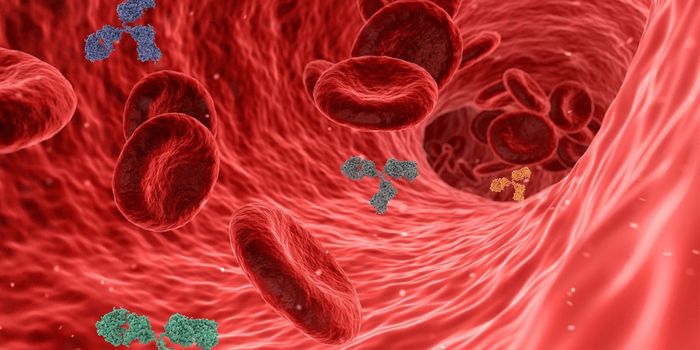Unpacking lactate's role in the Warburg effect
In a recent issue of Nature, the findings of one study made a particularly big splash: how and why cancer cells use energy differently than healthy cells. The research builds on an already well-establish field in cancer that is known as the Warburg effect, named after German physiologist and physician Otto Warburg. The phenomenon refers to the specific way that cancer cells consume energy – i.e. through glycolysis instead of through oxidative phosphorylation, which is the process that healthy cells undergo. While Warburg explained this effect nearly 90 years ago, the field of cellular metabolism still lacks much in the way of comprehension. This study, conducted by scientists at the University of Chicago, aimed to clear up some of the unanswered questions surrounding the topic.
"What makes the Warburg effect so interesting to study is that it's an important and common cancer phenomenon, but no one ever understood if this process has regulatory functions on diverse types of cells in a tumor, and how," explained lead author Yingming Zhao, PhD, who is a professor in the Ben May Department for Cancer Research. "As a technologist and biochemist, I enjoy figuring out how we can answer exciting questions like this and figure out details."
Using mass spectrometry, Zhao and colleague Lev Becker, PhD, figured out that lactate, which is the end product of the Warburg effect and has been shown to play a role in regulatory functions in immune and stem cells, has another non-metabolic function – mainly, it produces and stimulates histone lactylation, a new kind of histone modification.
In this modification, histone lactylation changes structural DNA units in cells, thus altering the combination of genes expressed and functions of macrophages from a pro-inflammatory and anti-bacterial state (M1) to an anti-inflammatory and reparative state (M2). While this may sound beneficial, previous studies have determined that while the reparative M2 state is conducive to curbing bacterial infections, it actually encourages the growth, metastasis and immune suppression of cancer tumors. The scientists’ findings confirmed this same phenomenon with the occurrence of histone lactylation, showing that elevated lactate and histone lactylation levels in macrophages could play a factor in the formation and development of tumors.
"That a single metabolite can have such a powerful effect on immune cell function is both remarkable and surprising," Becker said. "Our discovery of histone lactylation and its impact on macrophage biology serves as a blueprint to understand how lactate alters other cell types and unravel the mysteries of the Warburg effect and its impact on human disease."
Due to the fact that the Warburg effect is present in the majority of cancers, as well as many autoimmune diseases, atherosclerosis, diabetes and aging, the researchers hope that their findings will light the way to the development of new drugs that are capable of specifically targeting this phenomenon.
Sources: Nature, Science Daily









